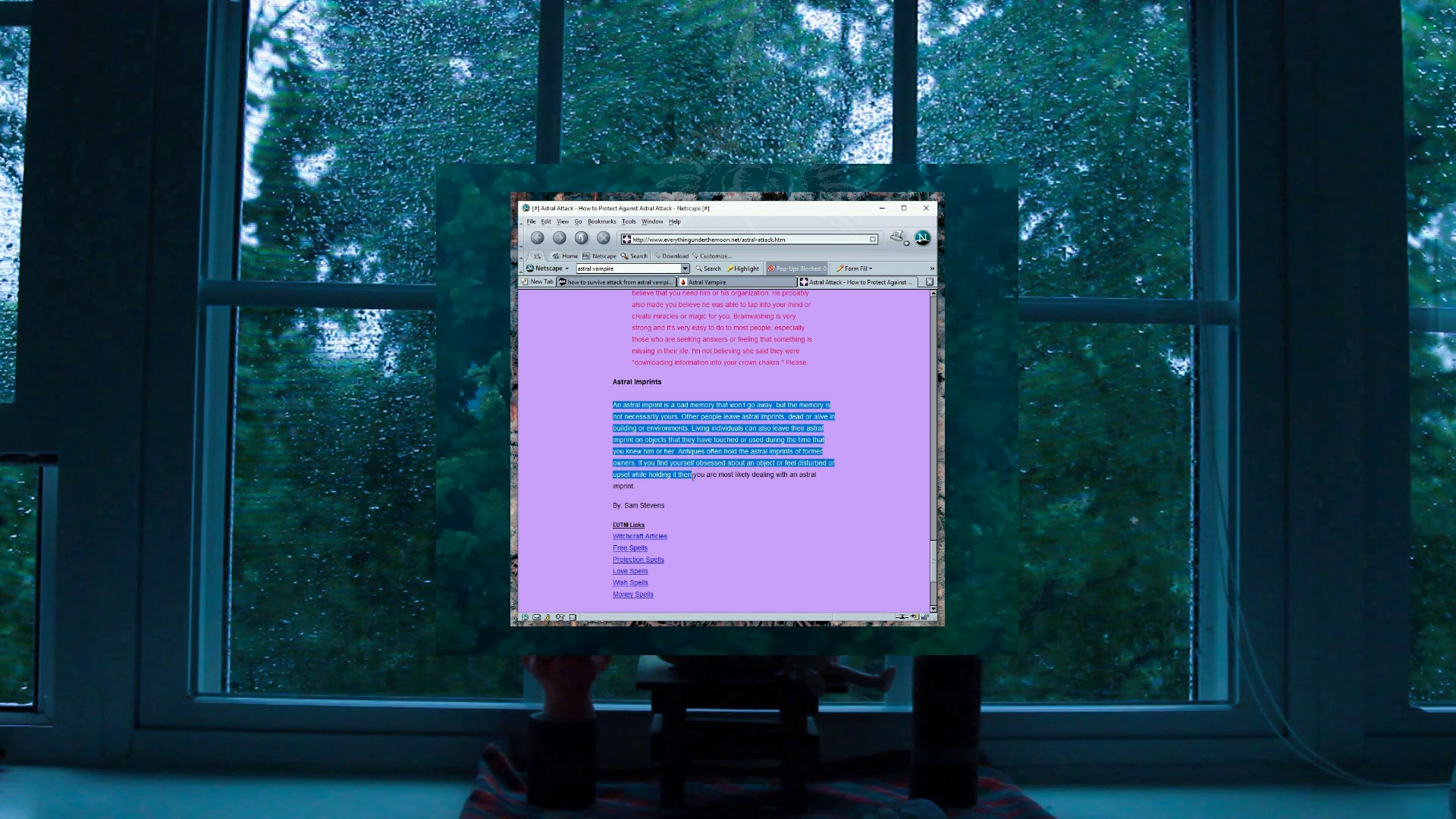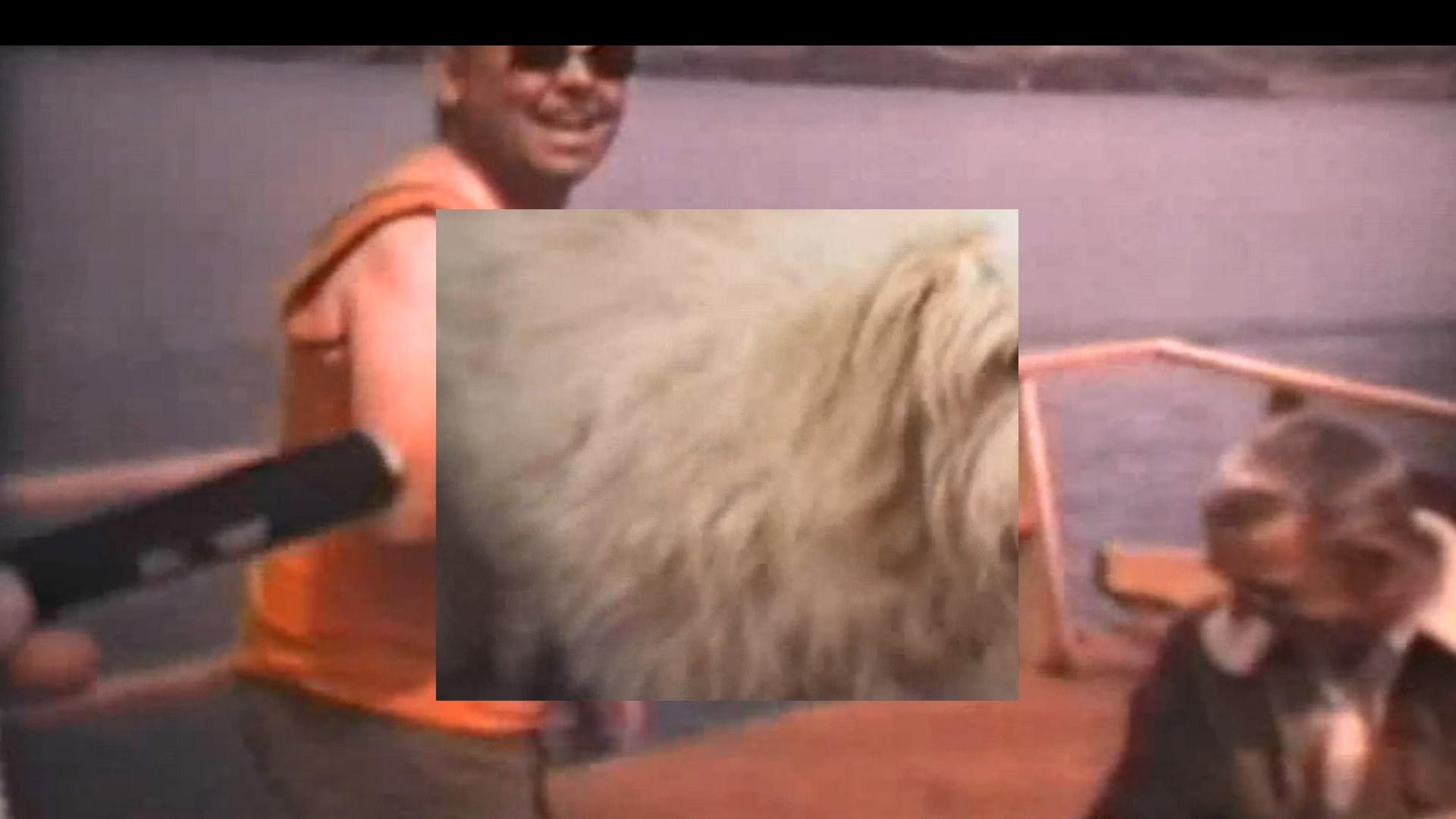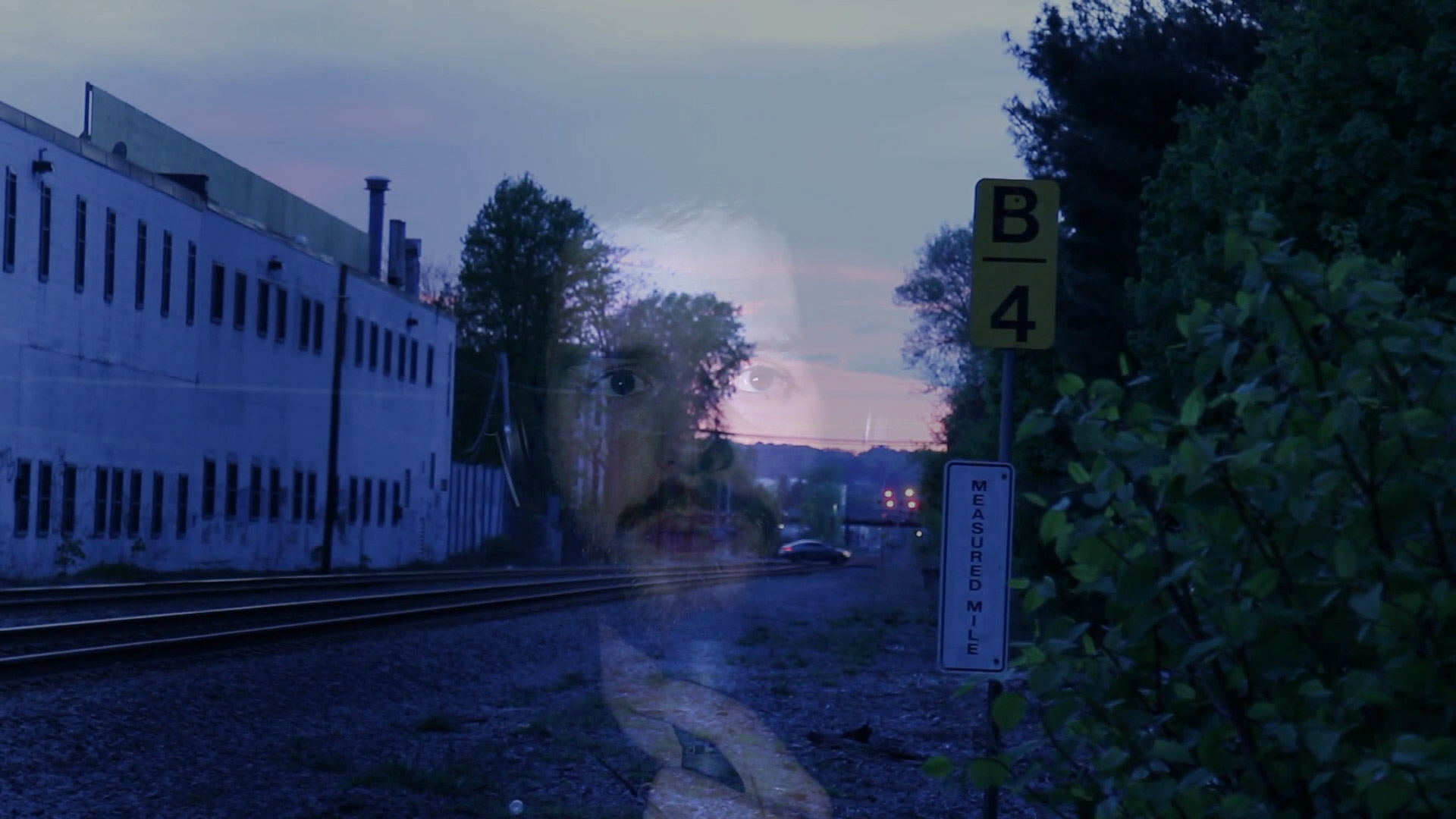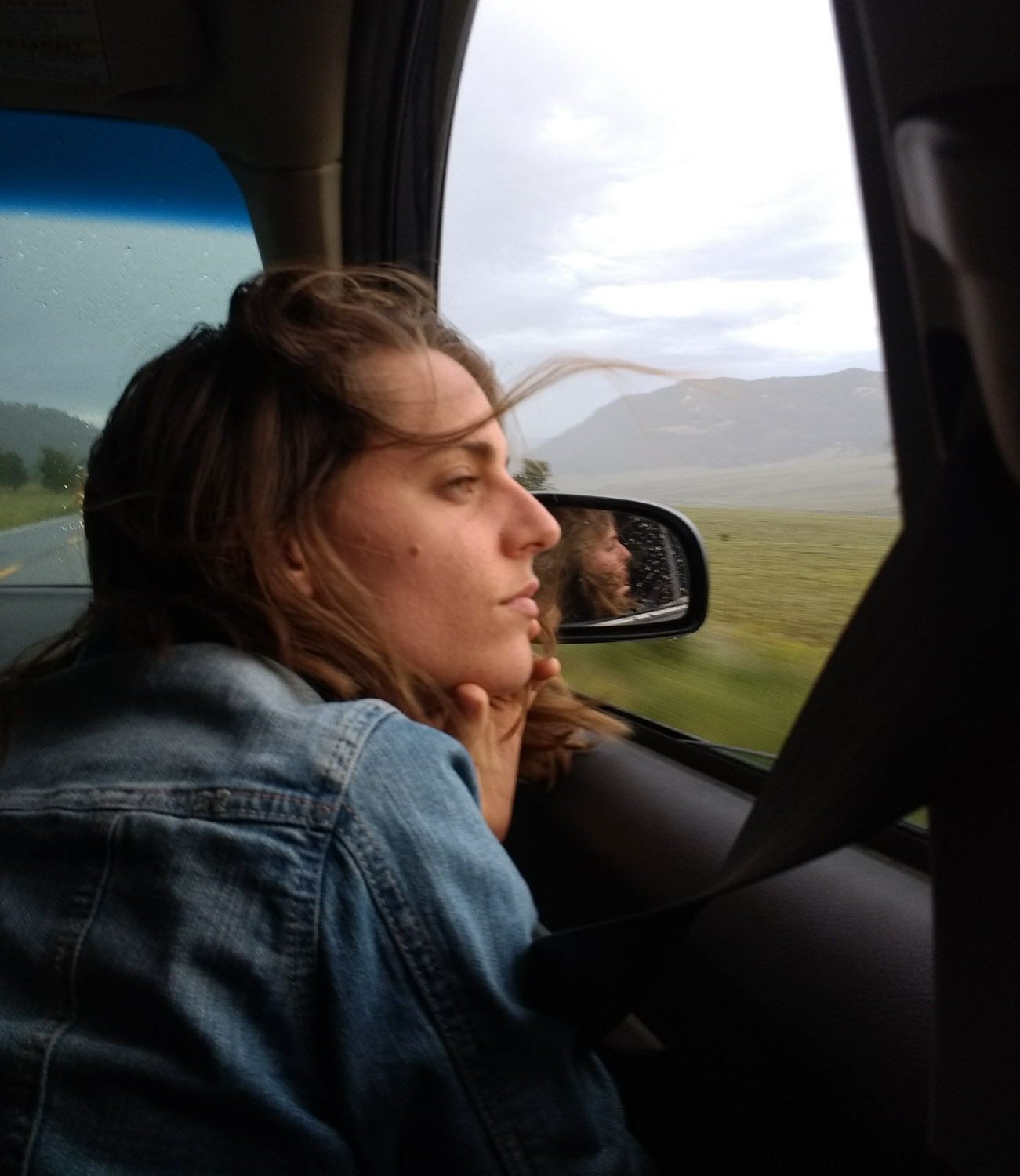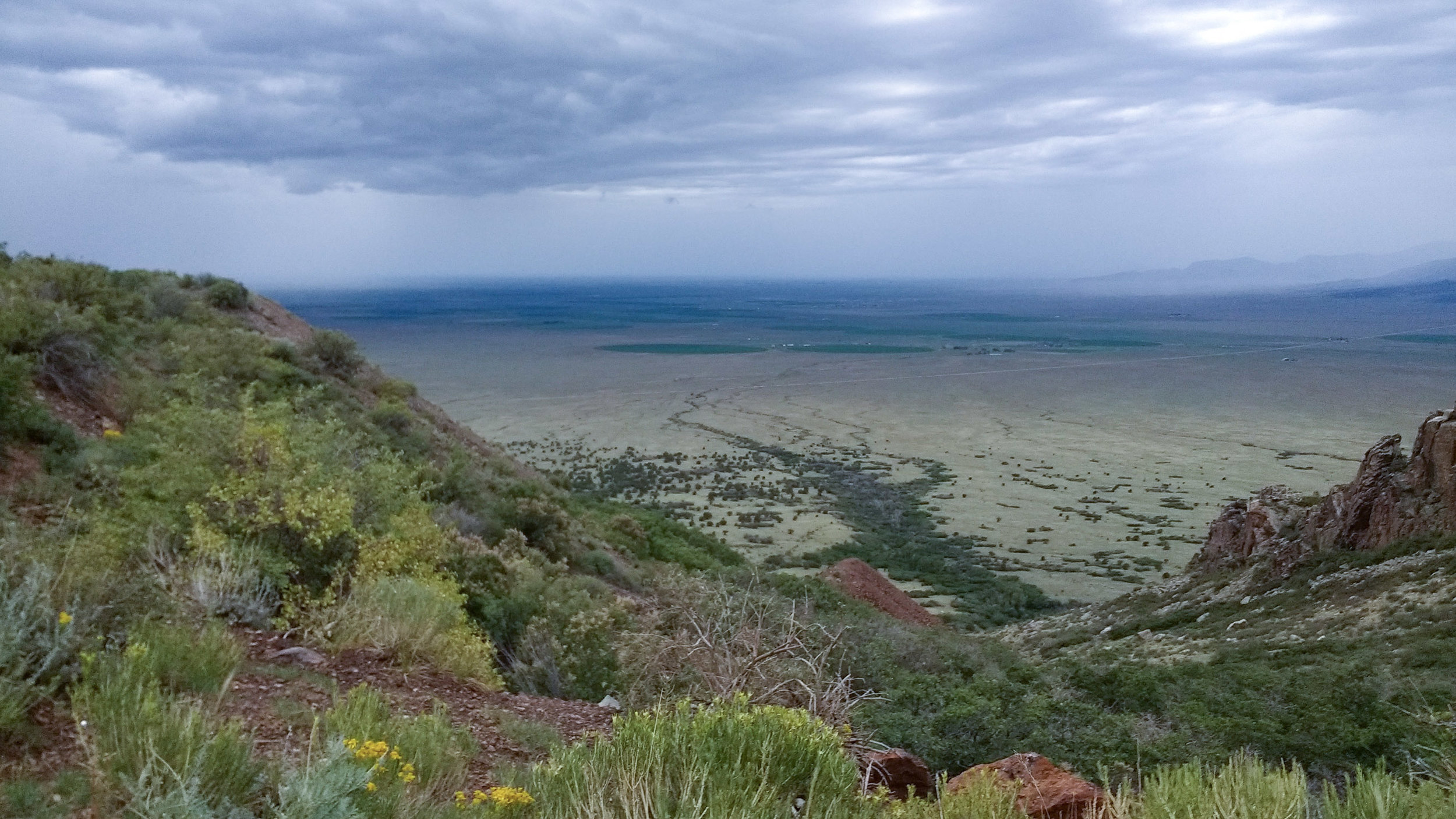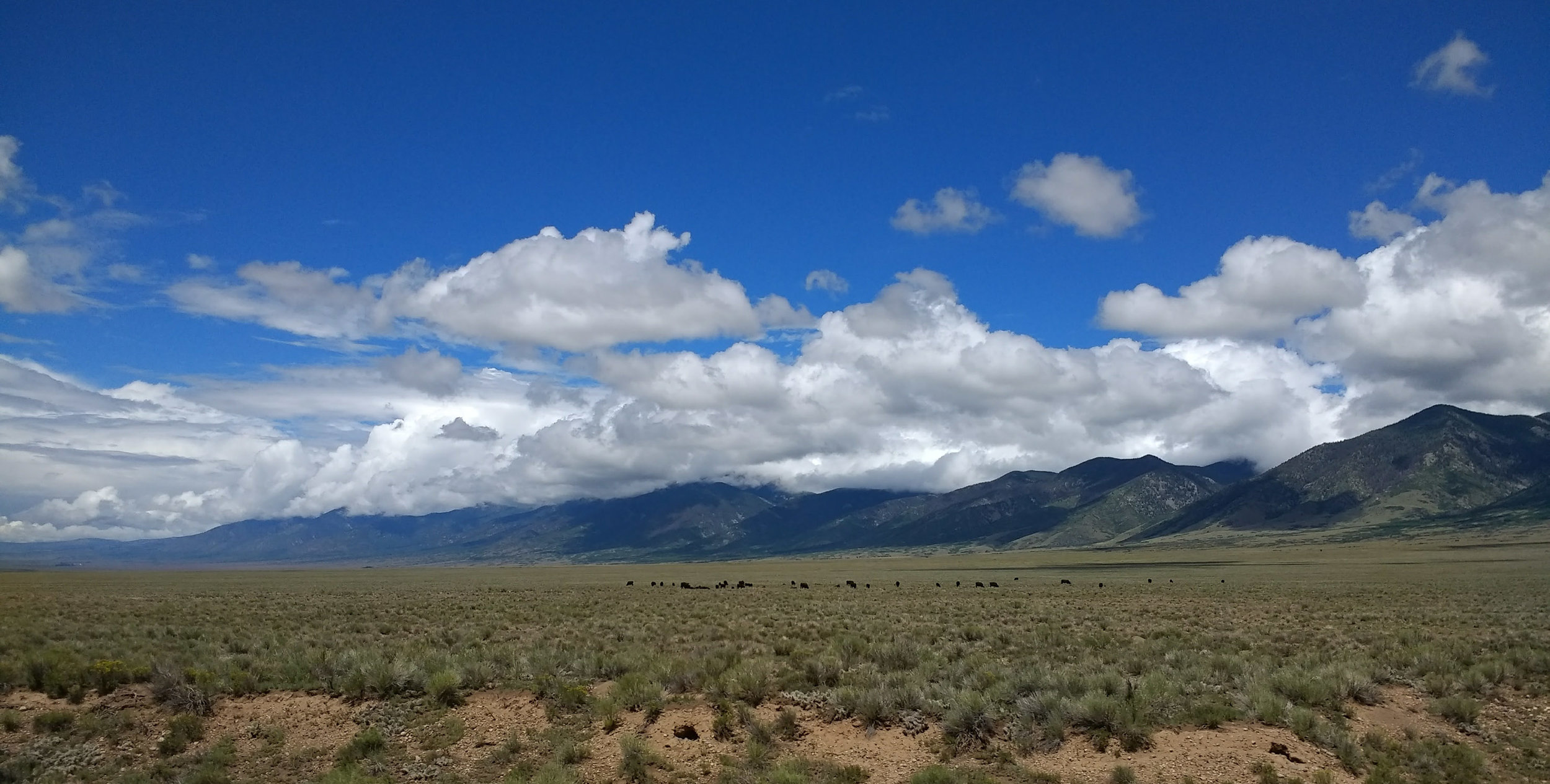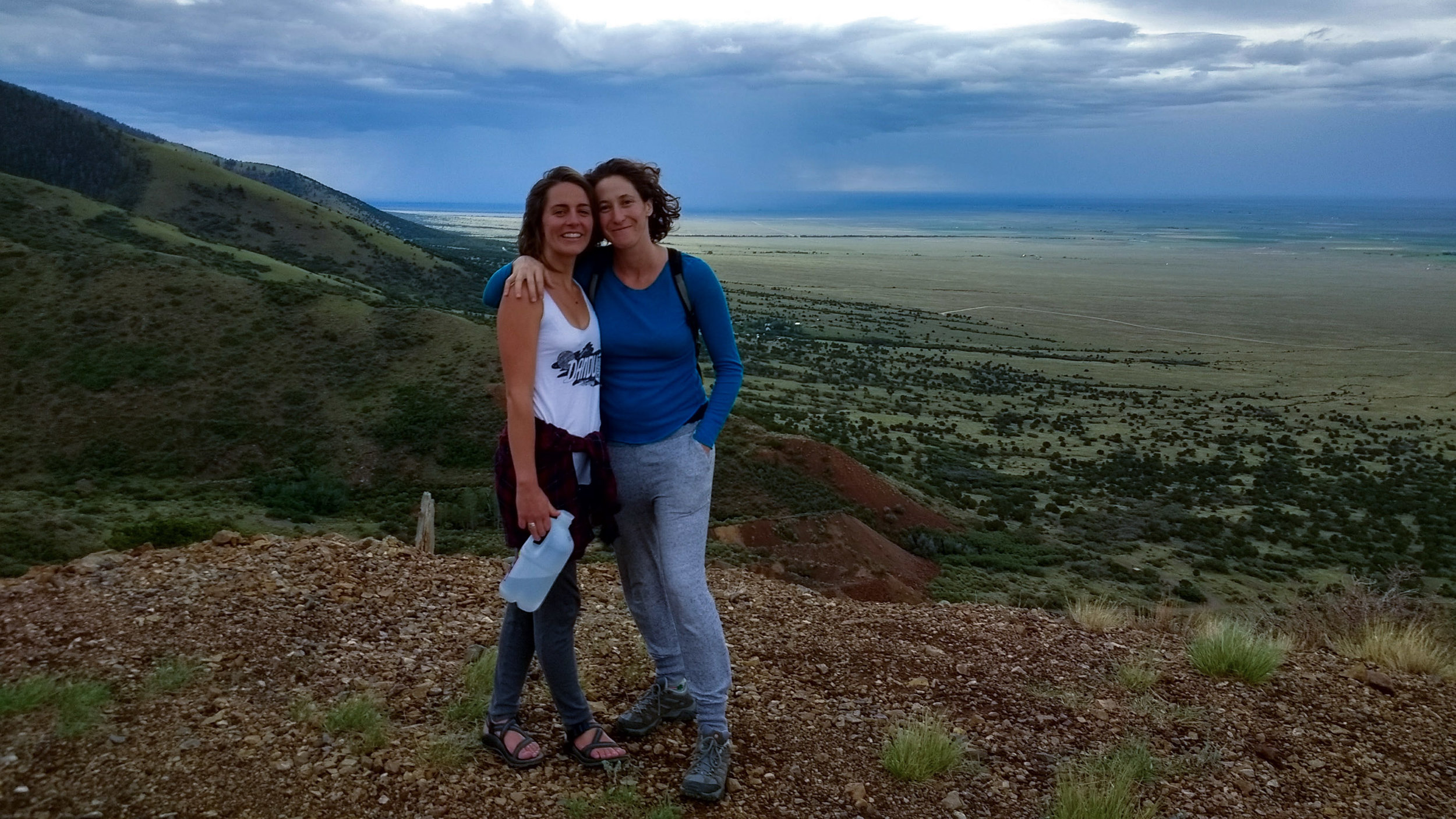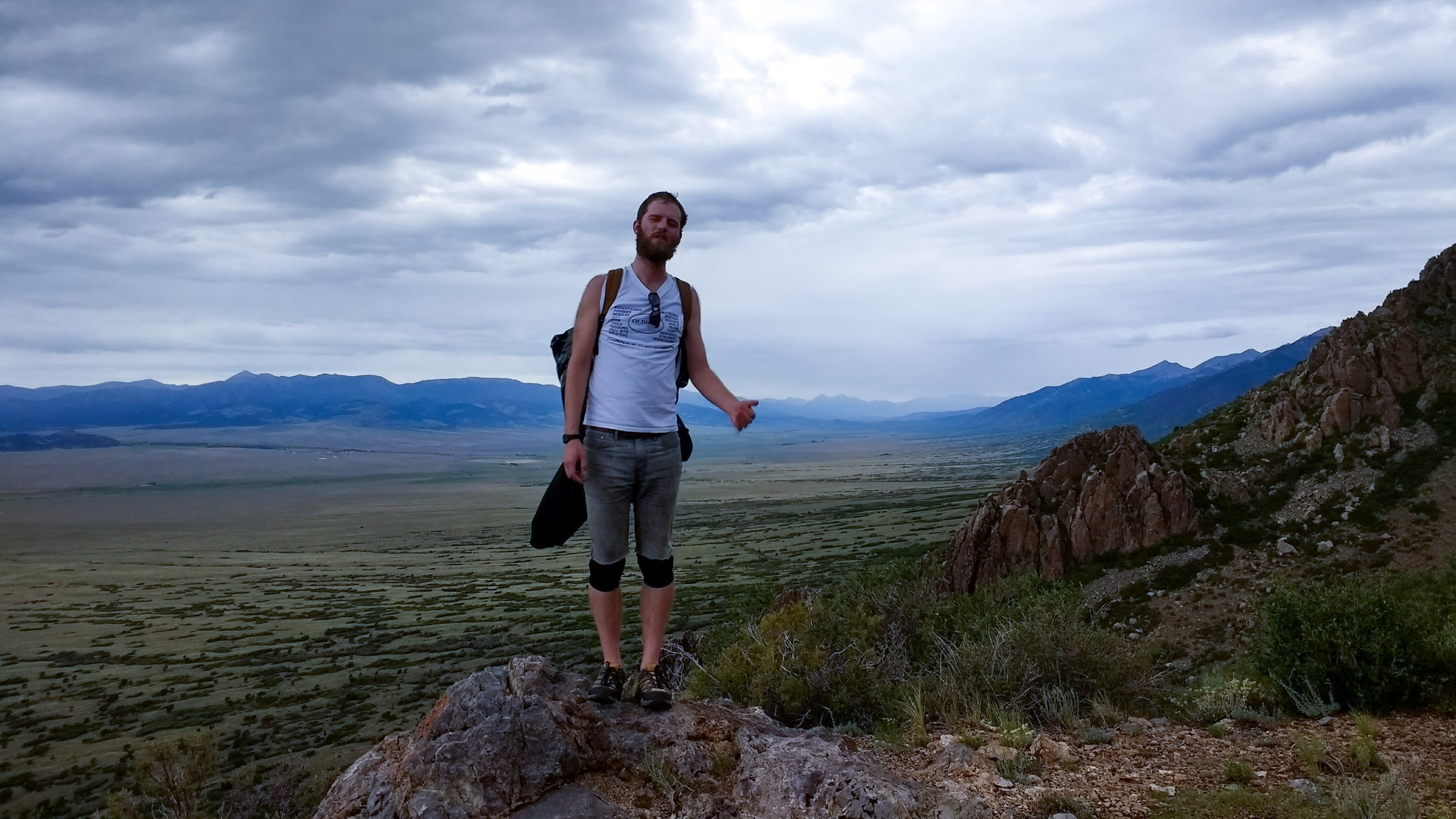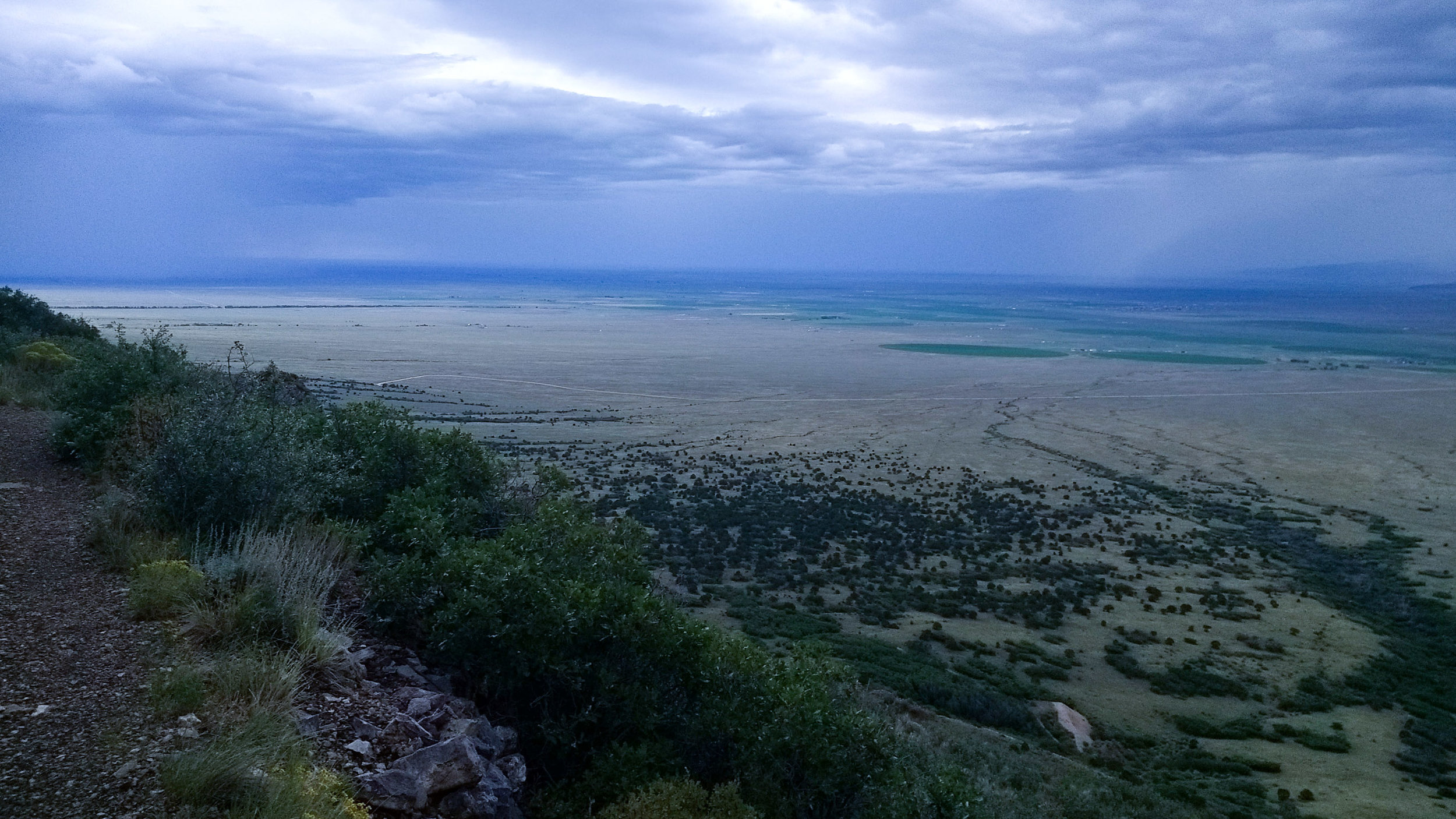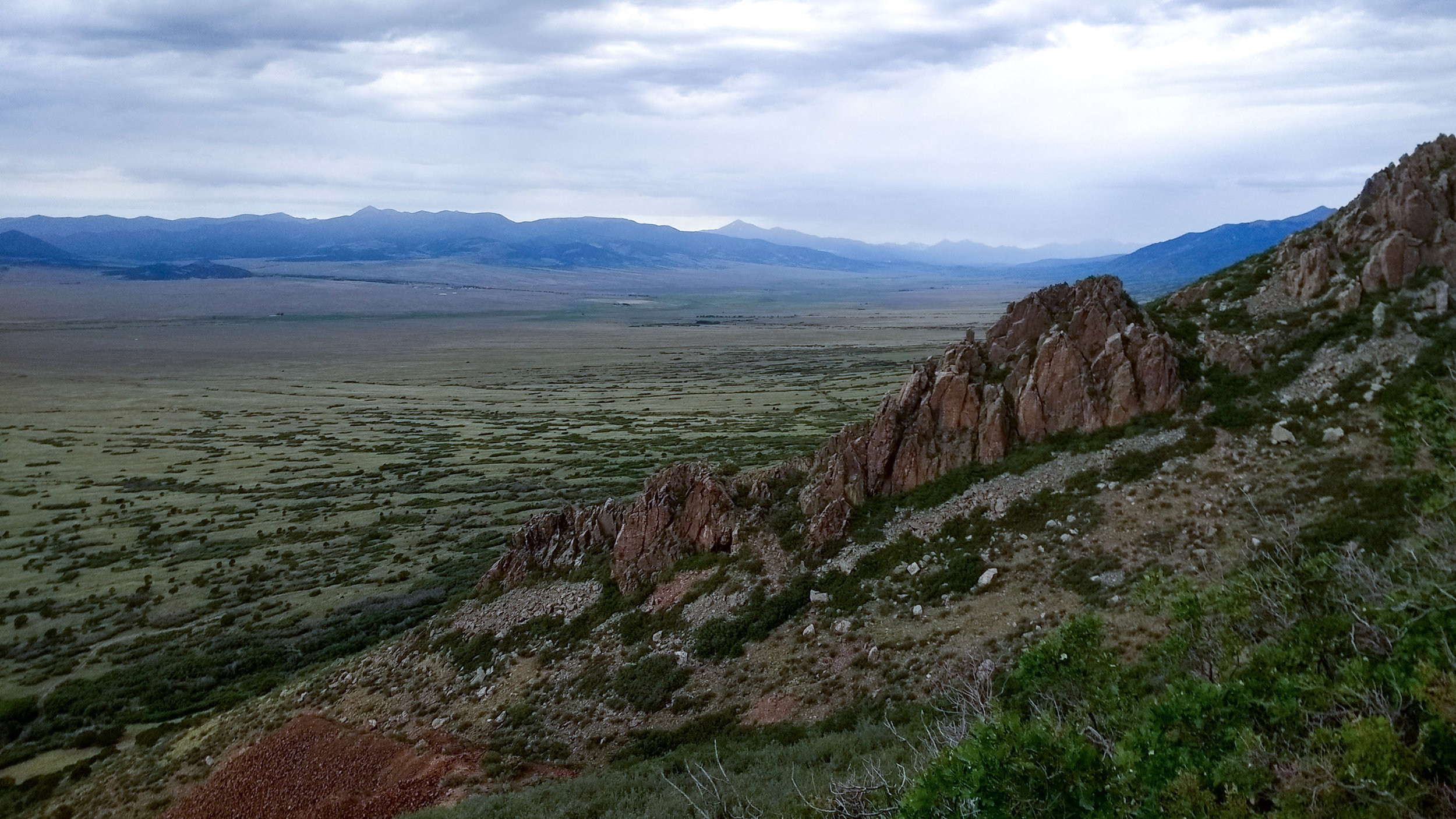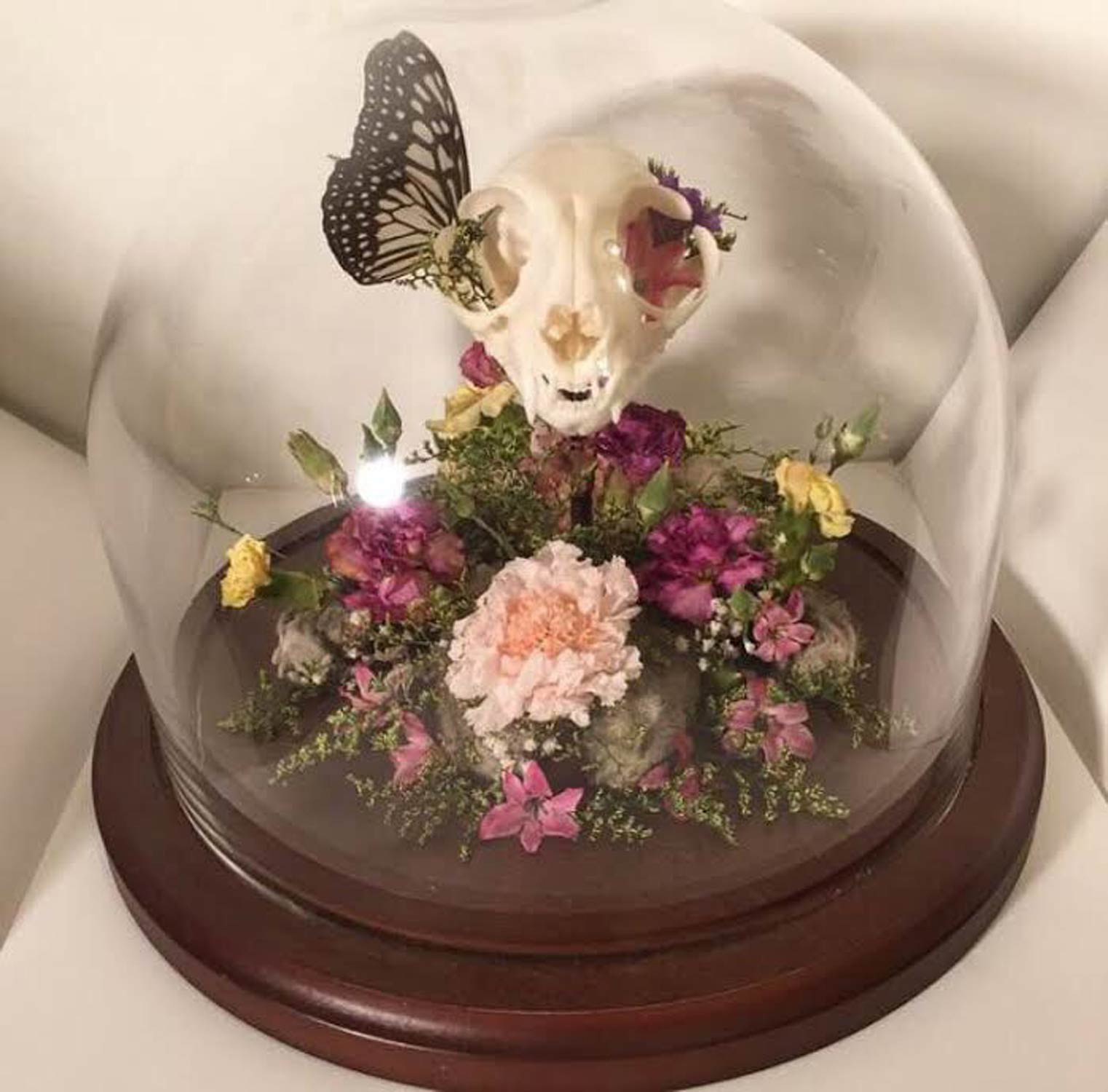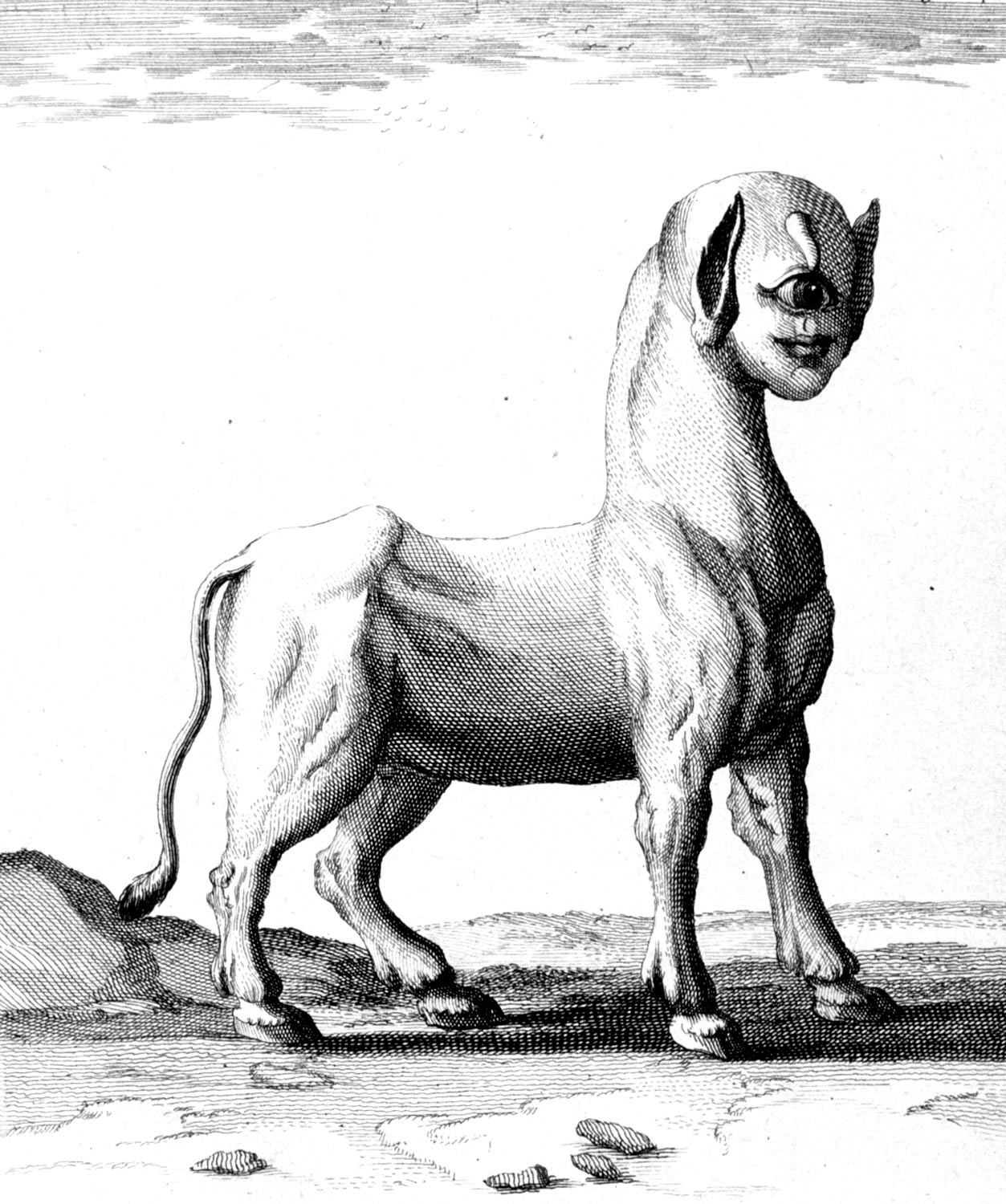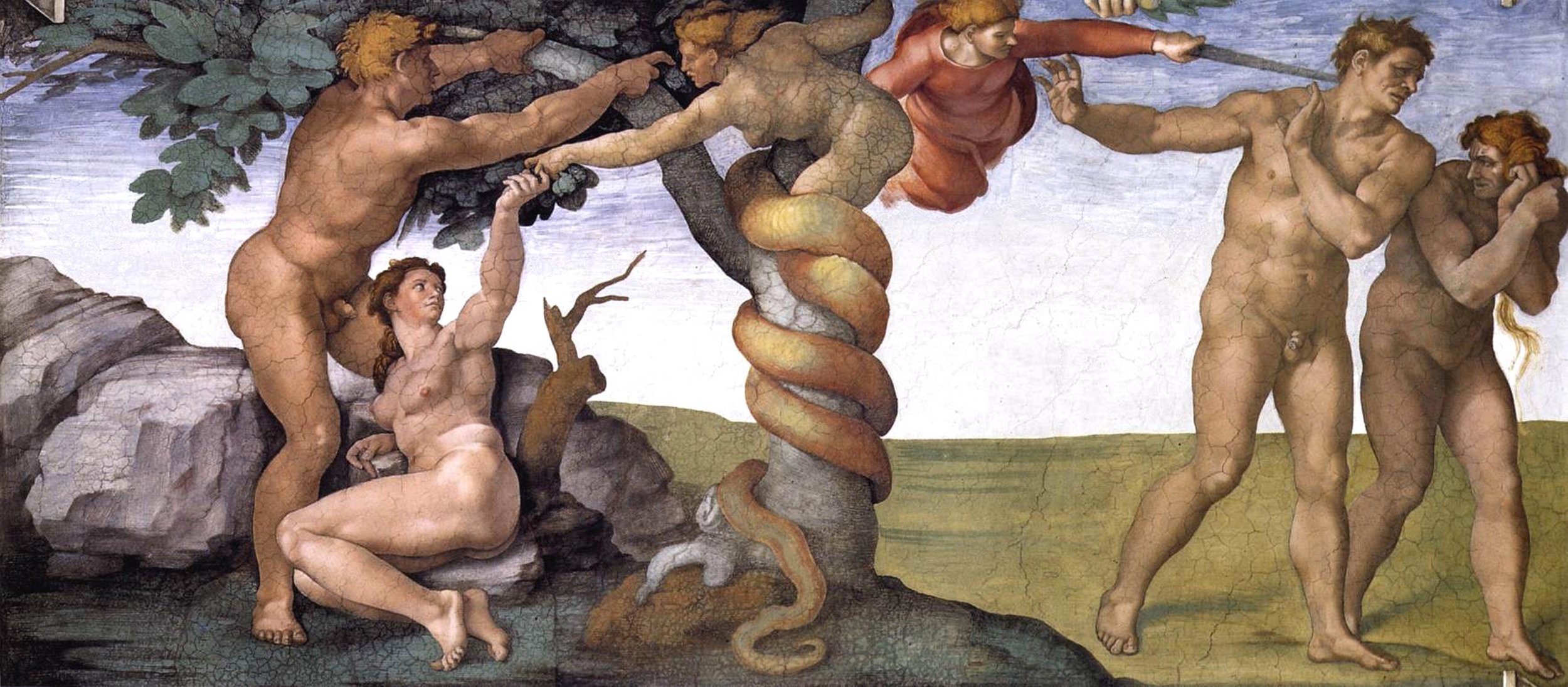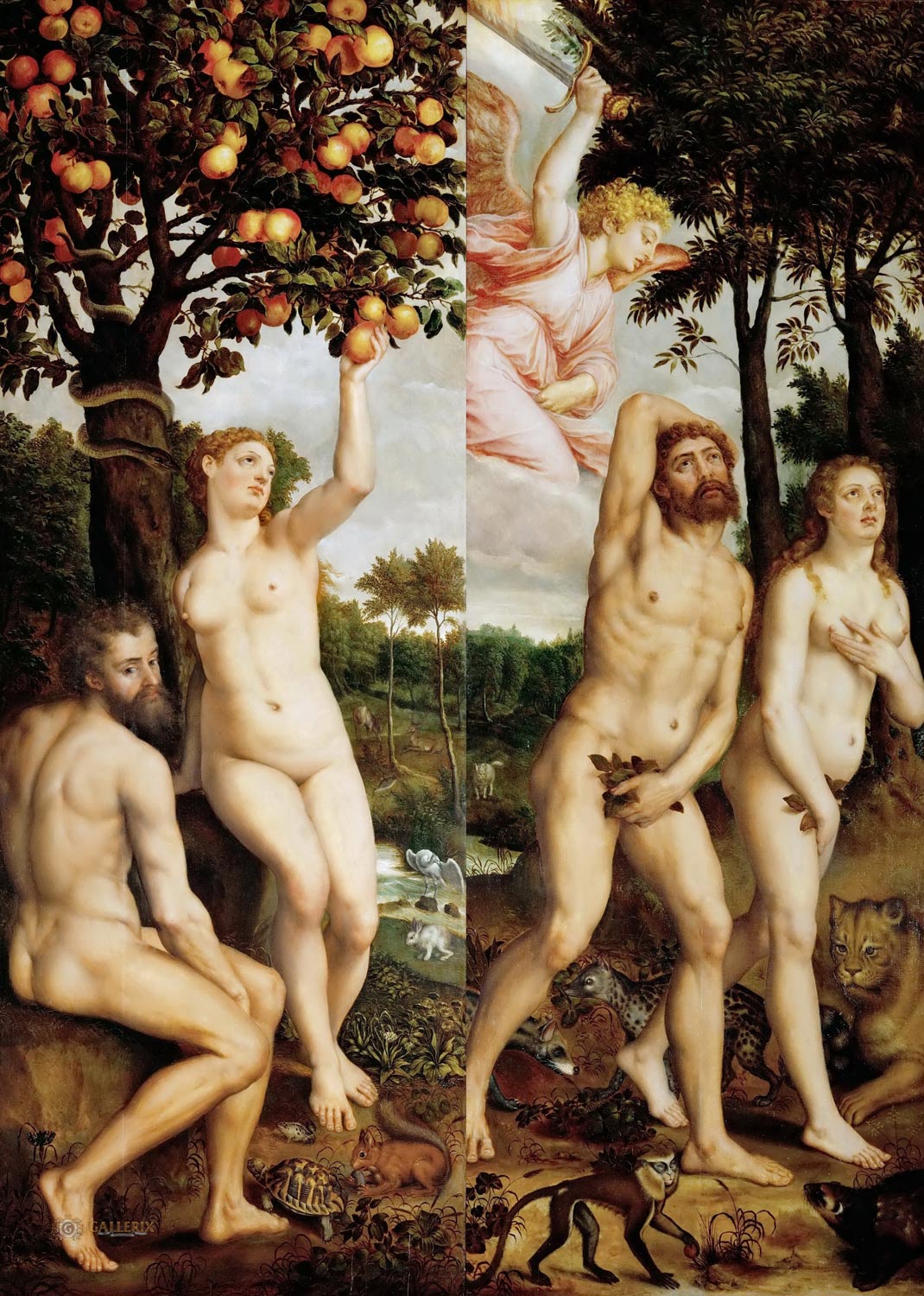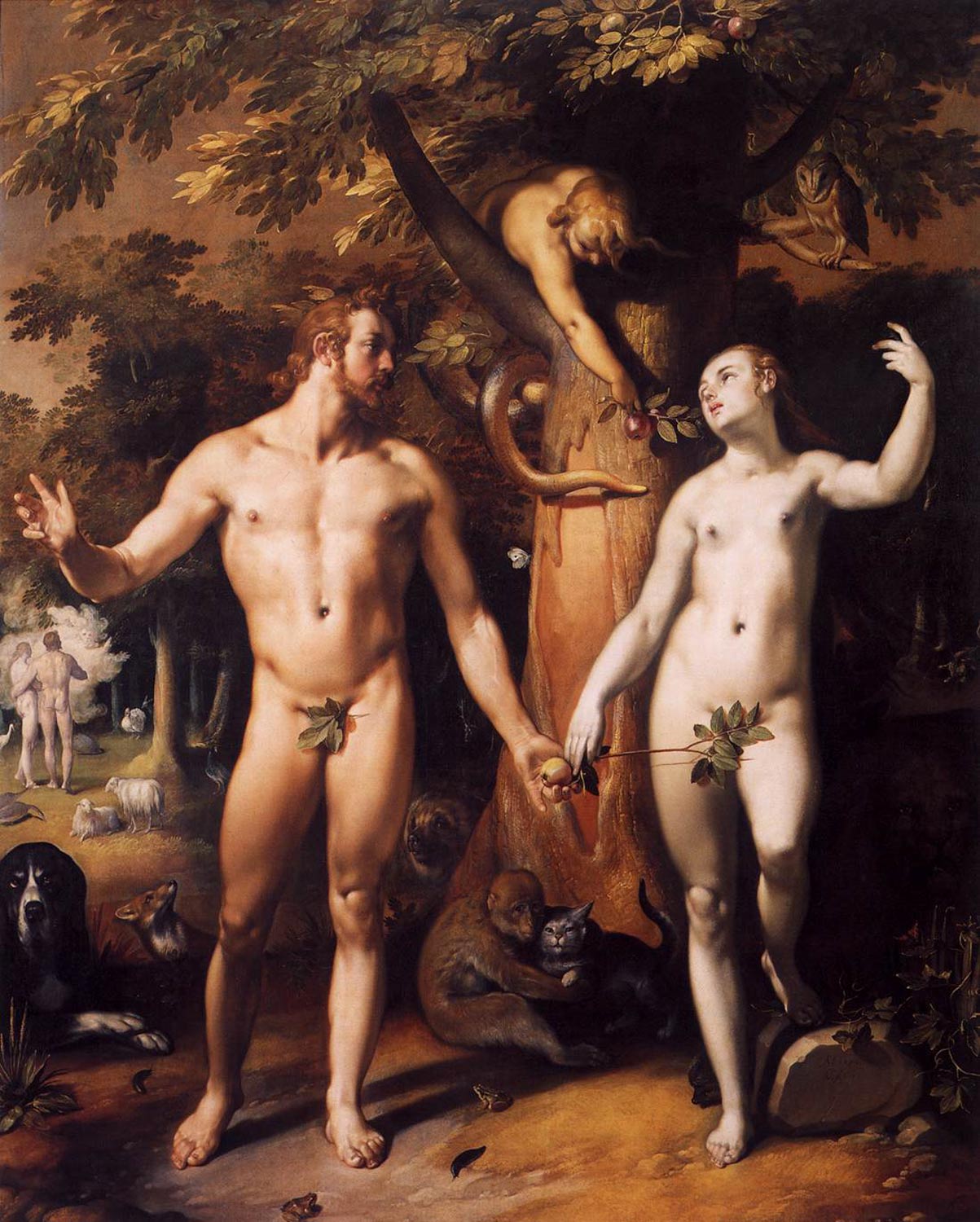HBM099: Spell for the Repulsion of Astral Vampires
/👆 Video version 👆 👇 Audio only version 👇
There’s currently an invisible, supernatural pandemic affecting the world, or so claims HBM host Jeff Emtman. What else could explain the wide-ranging malaise of our current times? He thinks that the most logical conclusion is that astral energy vampires are draining humans of their lifeforce en masse. Jeff’s never encountered one of these beasts, but that’s probably because he’s developed an elaborate spell to trap them in an alternate timeline. In this video episode of Here Be Monsters, Jeff shares his special spell of repulsion.
Content Note:
Stylized blood and flashing images
Ingredients:
An empty parking garage
A pair of shoes
Loads of old personal and family videos
Blood (any kind)
A bathtub
A note from Jeff on the creation of this episode:
I spent my teenage years listening to Coast To Coast AM each night from 10PM until I fell asleep. It’s a 4 hour nightly show about the supernatural that exists in a world of increased potential for the unusual. Guests, callers and hosts are so densely packed with stories of the strange that eventually what used to seem ludicrous becomes possible, and what used to seem possible seems likely.
Like many, I was deeply saddened to hear of Art Bell’s recent death. Bell was the original host of Coast To Coast. While I grew up in the George Noory era, Bell would still host most weekends.
But on further reflection of my years dedicated to this program, I came away conflicted. It is truly an amazing feeling to have one’s world blown open on a nightly basis by some new ‘truth’ revealed, it’s also a format that often peddles in fear of the unknown. It’s a fear that I internalized, hard. Now nearing 30, I’ve likely cumulative years of my life in fear of evils that don’t actually exist. And of the evils that do exist, I fall into nearly every demographic group that statistically protects me from them.
If I were a sociologist, I’d study whether there’s inverse correlation between the amount of generalized fear a person feels and how much danger that they actually live in. I have a hypothesis about misplaced fears and their relationship to the supernatural, but I am no sociologist.
So in this episode, I take a fanciful view on the enemies of the astral plane. The astral plane is a favorite location of Coast To Coast, probably because its inherent indefinability means that just about anything goes. But with that being said, please don’t bathe in blood, or electrocute yourself.
Producer: Jeff Emtman
Editor: Bethany Denton
Music: The Black Spot, Serocell, The Other Stars
This episode features illustrations by Fortunio Liceti from the 17th century. Fortunio did not believe his subjects to be hideous, as he considered deformity to be the intersection of nature and art.
👇 Video stills 👇




